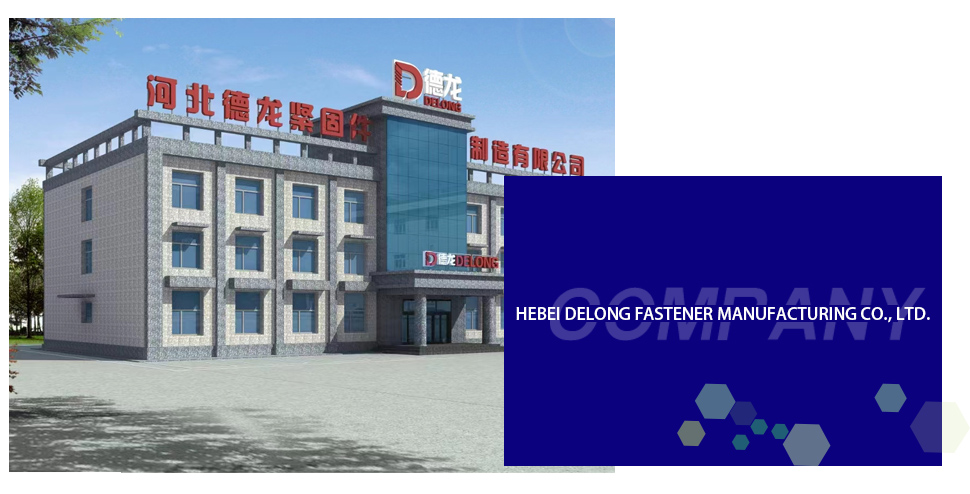pan head self tapping screw
The Versatility and Importance of Pan Head Self-Tapping Screws
In the realm of hardware, few fasteners exhibit the versatility and reliability of pan head self-tapping screws. These screws are an essential component in many industries and applications, ranging from construction and manufacturing to DIY projects around the home. Understanding what makes pan head self-tapping screws unique can help you appreciate their role in various assembly processes.
Design Features
Pan head self-tapping screws are characterized by their rounded, flat top, which provides a larger surface area compared to flat head screws. This design allows for better load distribution and minimizes the risk of stripping during installation. The head shape also makes them less likely to snag on materials, ensuring a smoother finish. The threaded shaft of these screws is specifically engineered to create its own hole in materials such as wood, plastic, and metal, which eliminates the need for pre-drilling in many cases.
Material and Coating Options
The longevity and performance of pan head self-tapping screws can be significantly influenced by the materials from which they are made. Common materials include stainless steel, carbon steel, and zinc-plated alternatives. Each material offers different benefits, such as enhanced corrosion resistance or increased strength. Additionally, screws may come with various coatings like nickel or black oxide, which help protect against rust and wear, ensuring they maintain their integrity over time.
Applications
pan head self tapping screw

The applications for pan head self-tapping screws are extensive. They are commonly used in the assembly of furniture, installation of electrical fixtures, and in the manufacturing of appliances. In the automotive sector, these screws hold together components of vehicles, providing the durability needed to withstand harsh conditions. Even in electronic devices, where precision is crucial, pan head screws are favored for their ability to secure delicate parts without damaging them.
Installation Benefits
One of the primary advantages of pan head self-tapping screws is their ease of installation. The self-tapping feature means that these screws can cut through the material they are being driven into, which saves time and labor. This characteristic makes them particularly beneficial in fast-paced environments where efficiency is paramount. Installation typically requires only a power drill or screwdriver, making them accessible for both professionals and DIY enthusiasts alike.
Considerations for Use
While the advantages are numerous, there are considerations to keep in mind when using pan head self-tapping screws. It's important to select the appropriate size and type based on the material and application. Over-tightening can lead to stripping the screw or damaging the substrate, so it's essential to use torque settings as a guideline. Additionally, considering the load requirements and environmental factors—such as exposure to moisture—can ensure that the right screw is chosen for the job.
Conclusion
Pan head self-tapping screws are indispensable tools that offer a multitude of benefits across various applications. Their unique design, combined with material versatility and ease of installation, makes them a staple in both industry and everyday projects. Understanding their features and best practices not only enhances their effectiveness but also ensures that your projects are completed with durability and precision in mind. Whether you're a professional contractor or a DIY enthusiast, incorporating pan head self-tapping screws into your toolkit can elevate the quality of your work and simplify assembly processes.
-
Top Choices for Plasterboard FixingNewsDec.26,2024
-
The Versatility of Specialty WashersNewsDec.26,2024
-
Secure Your ProjectsNewsDec.26,2024
-
Essential Screws for Chipboard Flooring ProjectsNewsDec.26,2024
-
Choosing the Right Drywall ScrewsNewsDec.26,2024
-
Black Phosphate Screws for Superior PerformanceNewsDec.26,2024
-
The Versatile Choice of Nylon Flat Washers for Your NeedsNewsDec.18,2024










